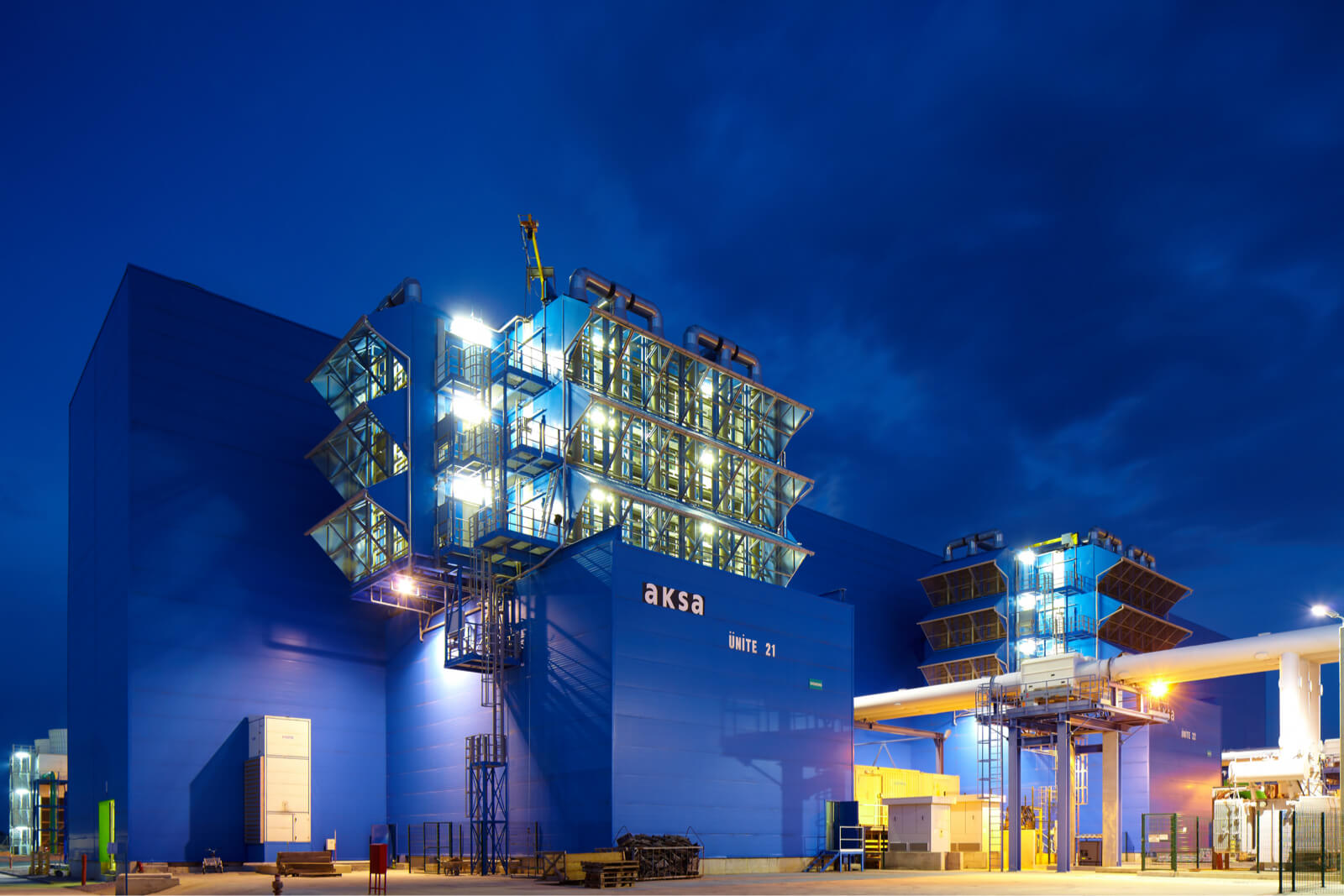NEWS
Senegal: Aksa Energy launches development of Saint Louis gas-fired power plant.

Turkey's Aksa Energy has begun development of a 255 MW gas-fired combined-cycle power plant and pipeline in Saint Louis, Senegal. The $475 million project was awarded to NDAR Energies SA, a subsidiary of Aksa Global Investments BV (an Aksa Energy group company), in February this year. The plant is also located close to Phase I of the Greater Tortue Ahmeyim (GTA) LNG project currently under development.
Following this award, the African Export-Import Bank (Afreximbank) and NDAR signed a framework agreement to finance the development, design, construction and operation of the power plant and pipeline. According to the bank, it will serve as lead project developer and lead arranger mandated to lead the provision of project preparatory services and syndication of debt raising.
Aksar expects the project to begin commercial operations by 2026. Once completed, it will be the first power plant in Senegal to use domestically produced natural gas to generate electricity. NDAR Energies SA has signed a 25-year power purchase agreement with Senelec, the state-owned electricity company.
Cemil Kazanci, CEO of Aksa Energy, stressed in a company press release that Africa is an important part of the company's strategy of "strong sustainable growth" and "globalization". Aksa is one of the world's largest Turkish power producers, with a growing presence in Africa. The company already has an installed capacity of over 570 MW of heavy oil and gas in 4 African countries: Congo, Ghana, Mali and Madagascar.
Senegal strives to diversify its energy mix
According to Power Africa, Senegal has a total installed generating capacity of 1,555 MW and an electricity access rate of 69%. Most of this capacity is supplied by fossil fuels, mainly hydrocarbons.
Ces dernières années, le pays a adopté une politique visant à diversifier son mix énergétique et à augmenter la contribution des énergies propres à sa capacité installée à 40 % du mix électrique total d’ici 2030. Cela s’est traduit par un soutien important aux projets d’énergie propre à grande échelle. En 2021, la plus grande centrale éolienne d’Afrique de l’Ouest, la centrale éolienne de Taiba N’Diaye de 158,7 MW, a été mise en service.
L’année dernière, le Sénégal a atteint ses objectifs inconditionnels en matière de contributions déterminées au niveau national (CDN), avec des capacités installées de 235 MW d’énergie solaire, 150 MW d’énergie éolienne et 314 MW d’hydroélectricité, dans le cadre de l’Accord de Paris. En juin dernier, le Sénégal a accepté d’augmenter ses objectifs conditionnels à 335 MW d’énergie solaire, 250 MW d’énergie éolienne, 50 MW de biomasse et 50 MW d’énergie solaire concentrée suite à un accord avec l’International Partner’s Group (IPG) pour la mobilisation de 2,5 milliards d’euros pour des projets d’énergie propre. .
-

 ANALYSIS1 an ago
ANALYSIS1 an agoThe 3 African countries richest in natural resources
-

 NEWS11 month ago
NEWS11 month agoTop 10 des pays africains producteur de l’or : Mali 2-eme, Burkina Faso 3-eme
-

 FOCUS ONA1 an ago
FOCUS ONA1 an agoThe 10 largest oil refineries in Africa
-

 FOCUS ONA11 month ago
FOCUS ONA11 month agoTop 10 oil producers in Africa in 2023
-

 NEWS2 ans ago
NEWS2 ans agoRanking of oil producers: Here are the Top 10 African countries.
-

 NEWS8 month ago
NEWS8 month agoAfrica's 10 largest natural gas production fields.
-

 NEWS2 ans ago
NEWS2 ans agoTop 20 oil producing countries in 2022
-

 NEWS10 month ago
NEWS10 month agoIvory Coast: Eni to deploy a cylindrical FPSO and a converted FSO on the Baleine oil field












